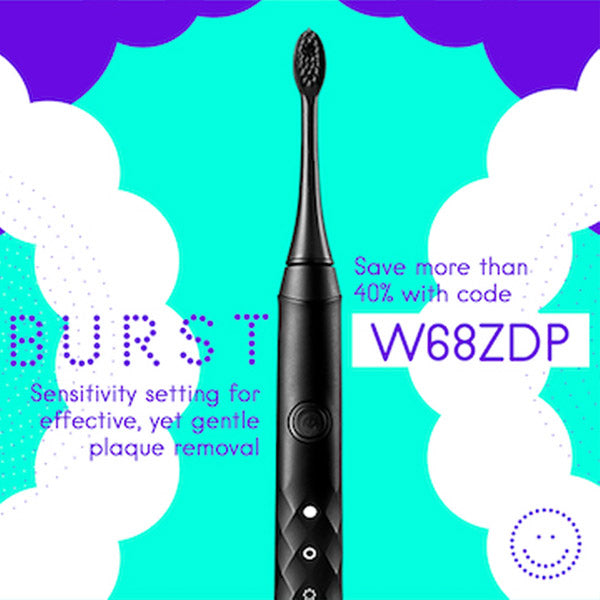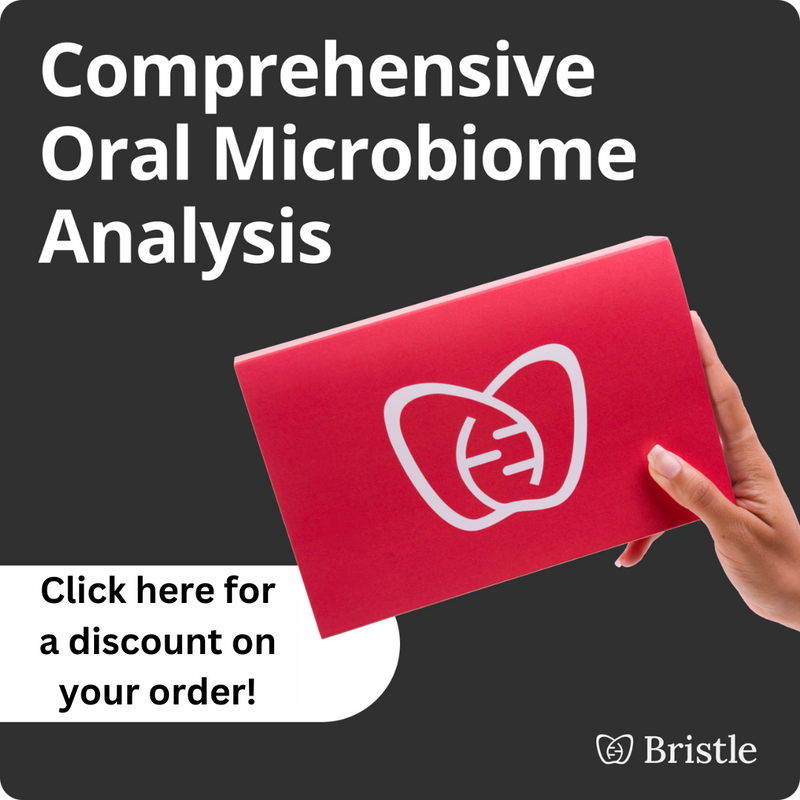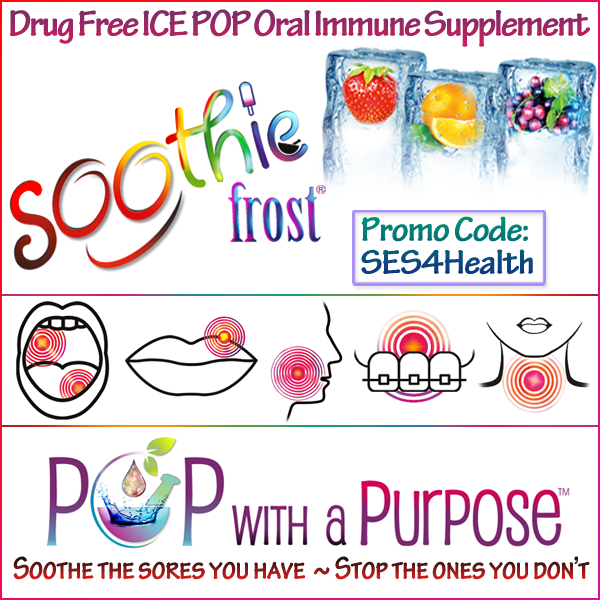Six Steps Screening for Oral Cancer
Contributed by Eva Grayzel, Oral Cancer Survivor, Motivational Speaker, Author
http://www.sixstepscreening.org/
At age 33, in the midst of a successful career as an interactive performance artist and master storyteller, I received the terrifying diagnosis of late-stage oral cancer and given a 15% chance of survival. A non-smoker, I had been bounced among dental professionals while the ulcer on my tongue grew more prominent and painful. I endured a free flap reconstruction of my tongue, a modified radical neck dissection, and a maximum dose of radiation therapy. Through an extraordinarily successful treatment plan, I not only survived but also regained my ability to speak clearly. With a second chance at life, I couldn't let the same thing happen to someone else.
A champion for early detection, I founded the Six-Step Screening™ oral cancer awareness campaign for dental professionals and the general public. My mission is to raise public awareness about the existence and early signs of oral cancer, and inspire oral health professionals to perform thorough oral cancer screenings regularly on every patient. I created memorable and catchy titles for the Six-steps in a thorough oral cancer screening.
The Six-Steps:
Tongue 'n Gauze
Pull out the tongue with gauze, visually examine it for any swelling, ulceration or variation in size, color or texture. Gently run your index finger along the lateral borders to feel for any hard tissue.

Lip & Cheek Roll
Roll the tissue of the buccal mucosa and lips between your fingers noting any firm or nodular areas. Pull the upper and lower lips out completely, examining the labial mucosa and sulcus of the maxillary vestibule and frenum, and the mandibular vestibule. Examine both sides of the buccal mucosa. Check for change in color and texture. Remember to move your mirror.

Double-Digit Probe
Visually examine the floor of the mouth and palpate it bimanually with a gloved finger beneath the tongue and another under the chin on the exterior skin.

Palate Tickle
Check the hard and soft palate visually and palpate with your finger.

Neck Caress
Roll tissue over the edge of the mandible. Have your patient turn his head to the side and look down to make the Sternocleidomastoid muscle (SCM) stand out. Roll the soft tissue of the neck over the SCM. Palpate the tissue around the Adams apple.

Tonsil Ahhhhhh
Take a good look at the tonsils and the back of the throat. Check for asymmetry, ulceration, or redness. Examine the retromolar pads and all of the adjacent tissue. Ask your patient if they have experienced any hoarseness, voice changes, or pain.

I also created a mnemonic called 'Saving Lives with a SNAP.' How can a dental professional possibly remember exactly what a lesion looked like two weeks prior? Is it a little bigger, a litter redder? Snapping a photo is easy and a great record-keeper. I wish my dentists and oral surgeons had taken photos of my lesion! I remember what my ulcer looked like. When I see photos in dental journals of classic oral squamous cell carcinomas...I see what I remember was on my tongue. When I speak, I always discuss the importance of taking photos of suspicious lesions. It's quick to take a photo, while being a helpful tool for recording and remembering a suspicious area. Along with taking a photo, the mnemonic for SNAP is a great way to remember four crucial items:
SNAP a photo! A picture is worth a thousand words in monitoring changes in your patient's mouth.
S = Say, "I'm performing an oral cancer screening." Educate all patients about dentistry's deadliest disease.
N = Never say, "If it doesn't improve, come back." Schedule an appointment in two weeks to re-evaluate.
A = Always follow up. Benign lesions may evolve into malignancies. These patients should be followed.
P = Pathologist: The histologic interpretation of neoplasia demands the specialty expertise of an oral pathologist.
I share my personal story at dental meetings worldwide hoping it will inspire dental professionals to perform oral cancer screenings on all their patients, as well as demand them for themselves and for those they love. Together, we can save lives. It's more than my mission to educate. It's my tribute to all those that came before me and my obligation to those that will follow.




